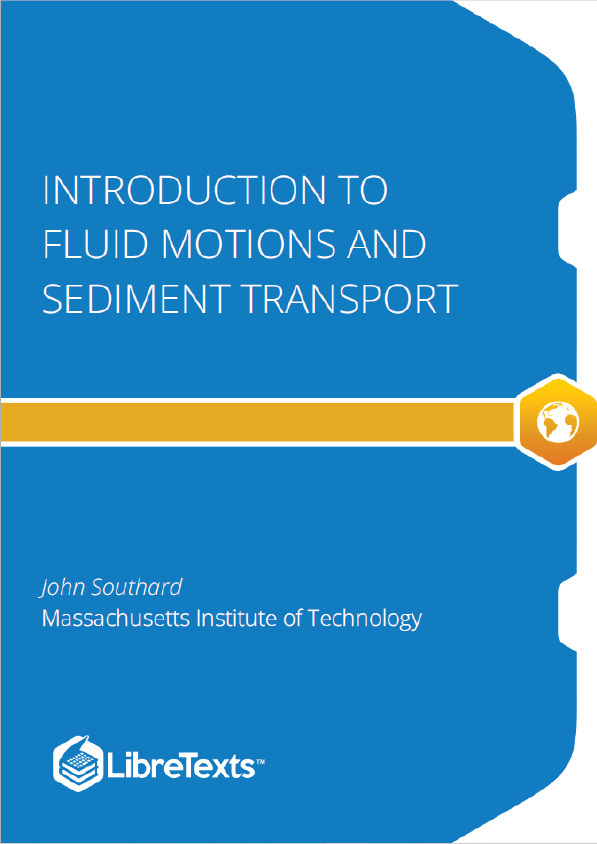Fluids are substances that deform continuously and permanently when they are subjected to forces that vary spatially in magnitude or direction. The nature of the relationship between the deforming forces and the geometry of deformation varies from fluid to fluid; you will see in this chapter that the relationship is a simple linear one for air and water. Fluids can be classified as either liquids, which are relatively dense and maintain a definite volume, and gases, which are less dense and expand to fill their container. Fluids, both liquids and gases, are distinguished from solids by their inability to withstand deforming forces: in contrast to solids, they continue to deform for as long as the deforming forces are applied. This distinction is actually not as neat as I have made it out to be, but we would become sidetracked into the field of rheology for elaboration.
Liquids and gases differ greatly in their structure on the atomic scale: liquids consist of closely packed molecules that exert strong forces on their neighbors as they weave around one another, sometimes forming fleeting and very small bonded aggregates, whereas gases, unless they are very compressed, consist of atoms or molecules that are almost always far apart from one another as they zip around along their free paths of motion, colliding with the walls of their container and occasionally with one another.
How is it, then, that the macroscopic motions of liquids and gases need not be considered separately? The answer is that fluids can be treated as if they were 2—as if their constituent matter, which is actually distributed discontinuously as atoms and molecules, were smeared uniformly throughout space. The idea here is that the forces among the constituent particles, which vary enormously in space on the scale of the particles themselves, average out to look as though they vary smoothly on scales much larger than the particles but very small relative to the macroscopic scales of problems in fluid dynamics—which themselves can be very small. To phrase this in a slightly different way: the structure of fluids is on such a fine scale that the actual intermolecular forces can just as well be treated as continuously and smoothly varying, from the standpoint of all problems in fluid dynamics on scales much larger than the molecules. The justification for this approach is that it works extremely well for fluid flows on scales that are much larger than the intermolecular spacing. So in these notes you never have to think again about the atoms and molecules of fluids! (Well, that’s not quite true, but almost.)











